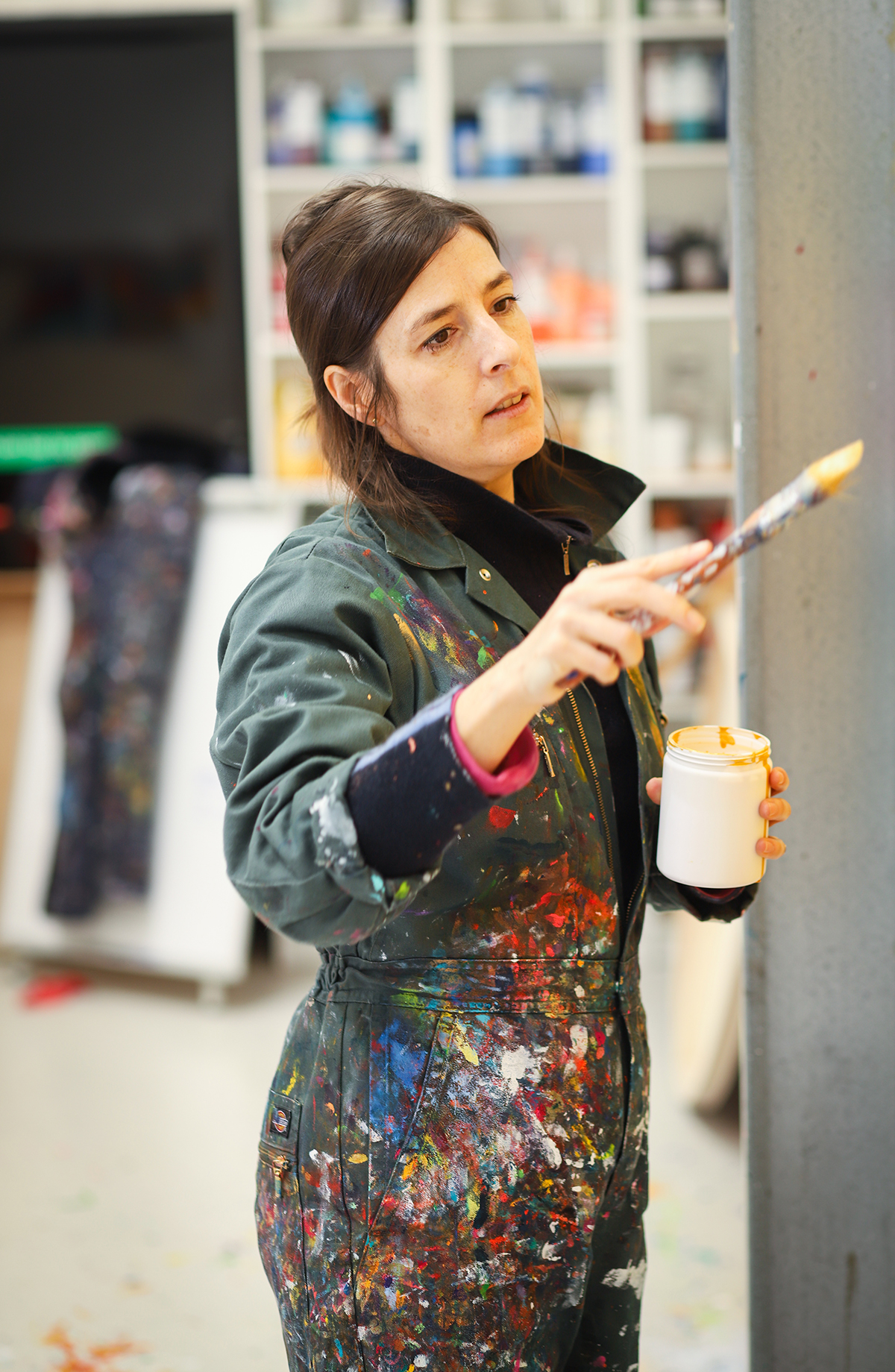
Orlanda Broom in her studio in Hampshire
British artist Orlanda Broom paints lush, saturated landscapes that celebrate the beauty and wilderness of nature. Candice Tucker visited the artist at Grove Square Galleries, where her work is currently on display, to discuss her painting processes, artistic influences and visions of a rewilded planet
1. How do you typically begin a new body of work?
I tend to work on a few paintings at one time so a body of work tends to naturally come about. I start by putting a lot of paint down on the canvas, and its quite an organic process in that I don’t know what the painting is going to look like at the end. I tend to go with what’s happening on the canvas and then work back from that. The composition will suggest itself once I’ve got quite a few layers of paints down; I will find parts of it that seem to suggest a tree or light or a mountain range, so it’s quite abstract to a point and then I try to organise it.
Follow LUX on Instagram: luxthemagazine
2. What draws you to paint with such a vibrant colour palette?
I have always loved colour, and my paintings have always been led almost entirely by colour. In this recent body of work, I think I’ve really ranked up the colour because of the situation that we are in. Everything has felt quite heavy and I think I needed to inject a bit of positivity. It gave me a lot of pleasure to work with fluorescent paints and also, it’s a challenge working with those much brighter colours because it can be more difficult to make things work.

Pink Seekers, 2021, Orlanda Broom
3. Can you tell us a bit about your current exhibition and your portrayal of nature?
The exhibition title is Rewild. I’ve always painted landscapes that aren’t particularly fixed in a point of time and there aren’t any human elements – no structures, no animals – so the question has always been posed: when is this? With these new works, I am answering that question which is: this is the future and this is what I see potentially happening in terms of climate change. It is probably a vision of far, far into the future when wilderness has come back.
Read more: Philip Hewat-Jaboor on how to discover art through materials
4. What role do you think art can play in wider conversations around the environment?
I think it’s up to all of us; it’s something that we all have to address in the way we are moving about the planet and what we’re doing. I don’t think art has to consider these issues, but in a more general sense, we need to change what we’re doing and perhaps, the pandemic has helped. If there is a positive take out of this situation, it’s that things have had to stop and maybe we are realising that we can do things differently. Art fairs, for example, can be online and although it’s not the same, it has shown people that you don’t need to fly to New York when you have a meeting because you can do it on Zoom. That sort of thing will hopefully continue.
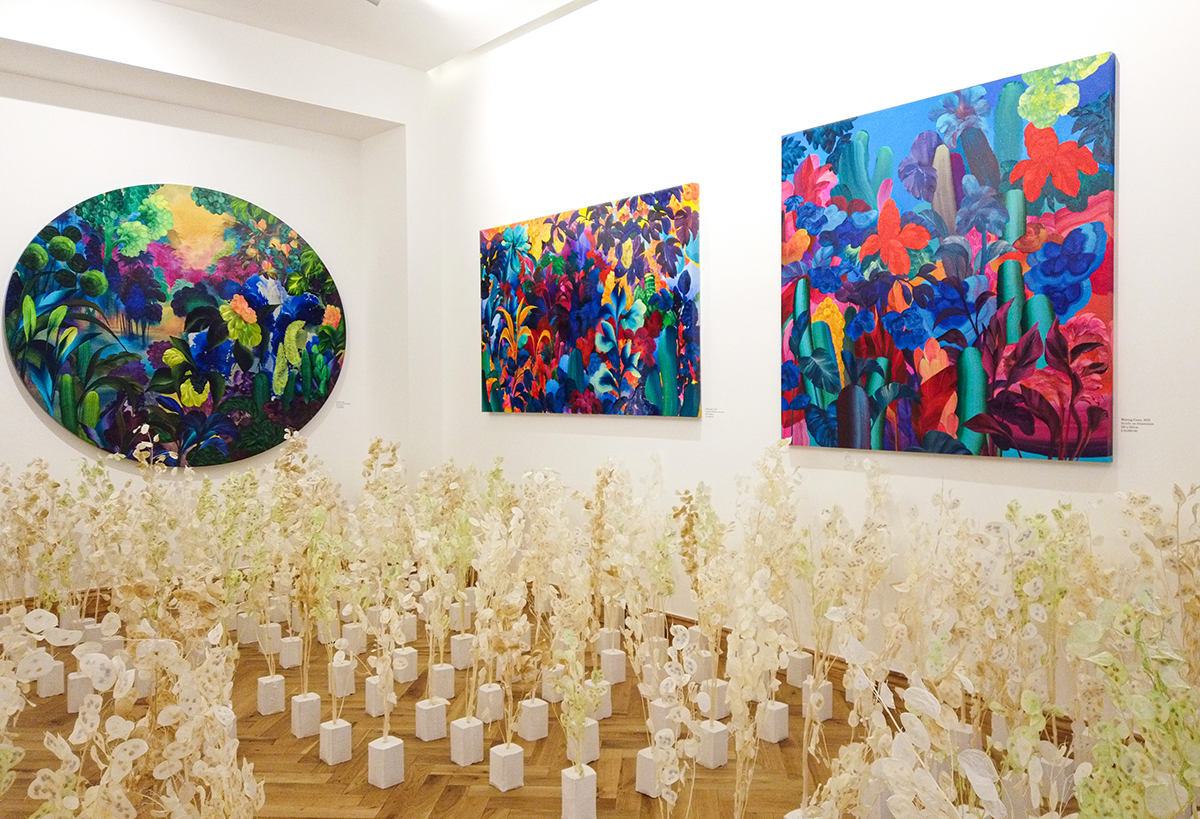
Installation view of Orlanda Broom: Rewild at Grove Square Galleries. Photograph by Paul Aitchison
5. How has the pandemic and subsequent lockdowns affected your creativity?
I don’t live in London anymore, I moved out to Hampshire a few years ago, so for me, personally, it had very little impact because I carried on working in my isolated studio. It almost felt like luxury. I always work hard, but it felt like a privilege to have the time to work.
6. Are there any artists, living or dead, who have particularly influenced your work?
That’s an easy and impossible question to answer because there are so many. The beauty of Instagram, for example, is that you can find amazing artists that you wouldn’t know. There are just so many people out there. In terms of artists that I have loved and that have stayed with me from art college years, there are colourists like Gillian Ayres, Albert Irvin and David Hockney. I also love surrealism, artists such as Leonora Carrington. There are so many…
“Orlanda Broom: Rewild” runs until 11 June 2021 at Grove Square Galleries. For more information, visit: grovesquaregalleries.com
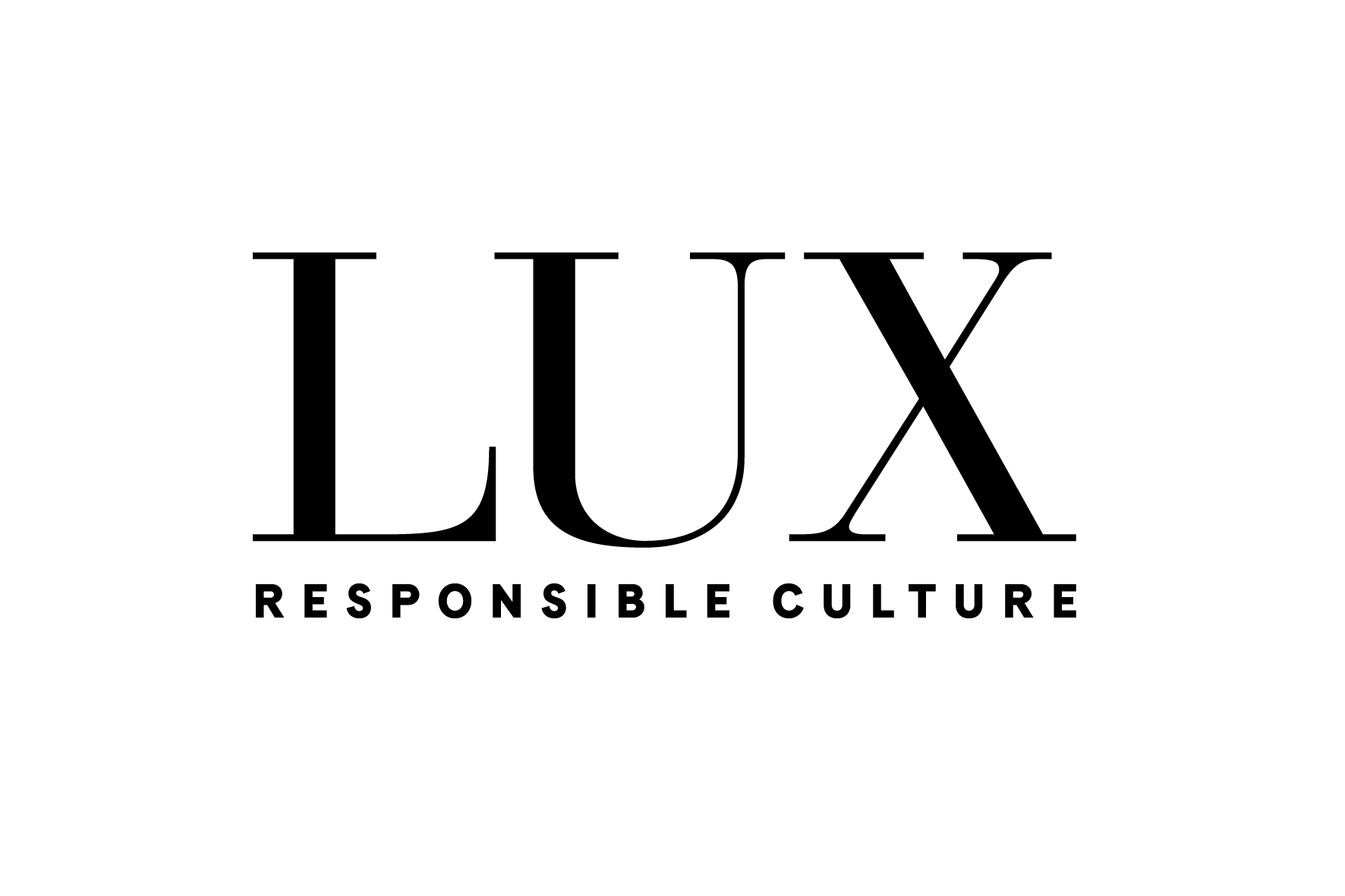
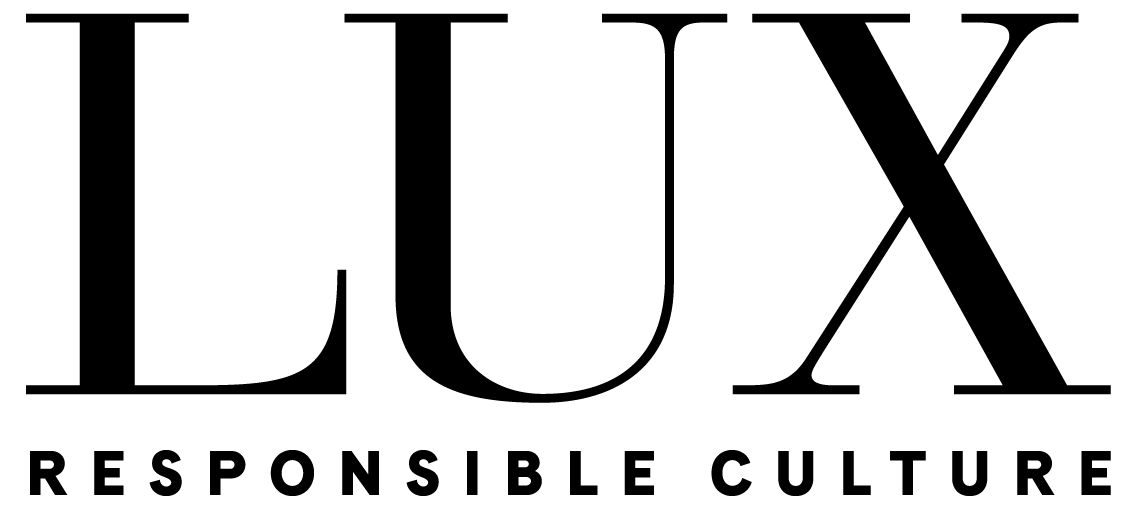

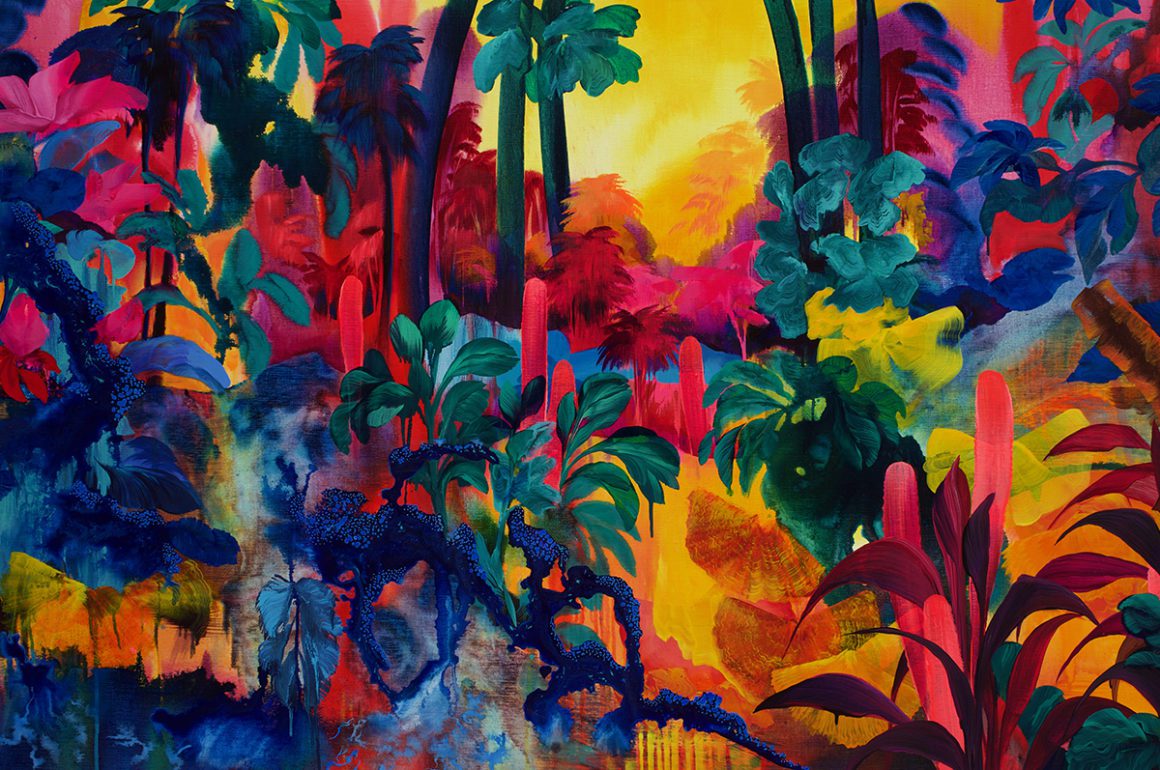
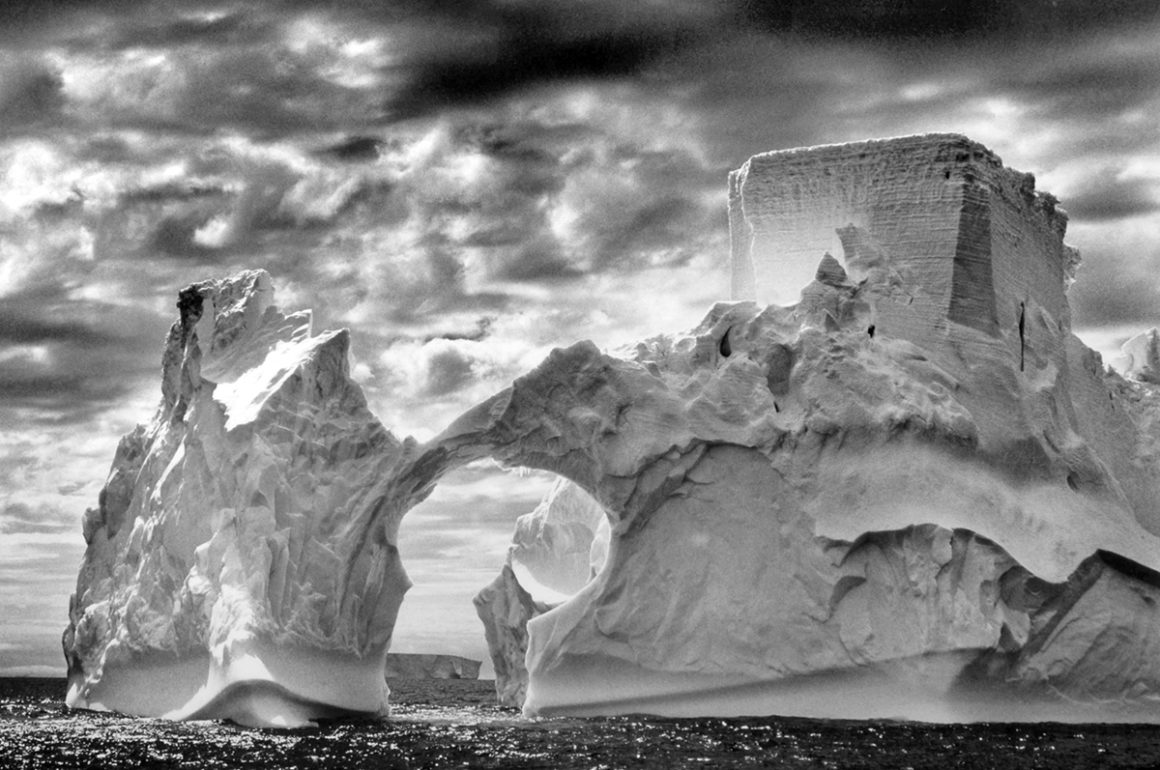


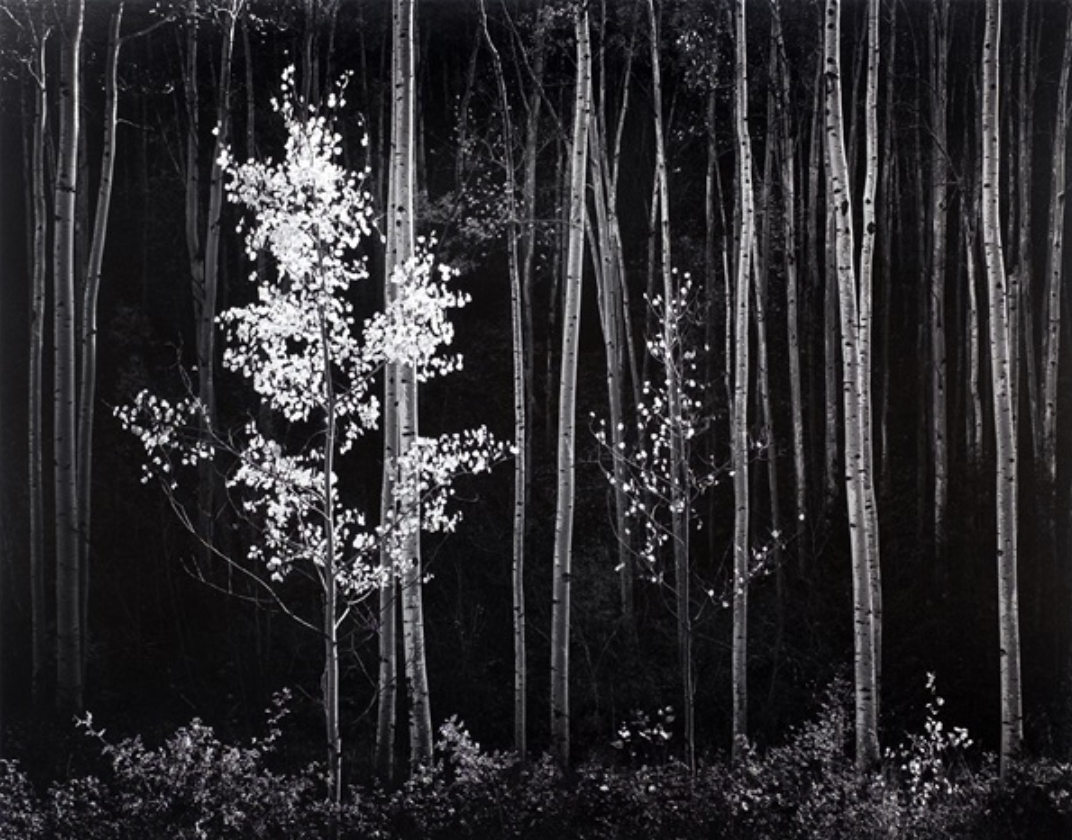
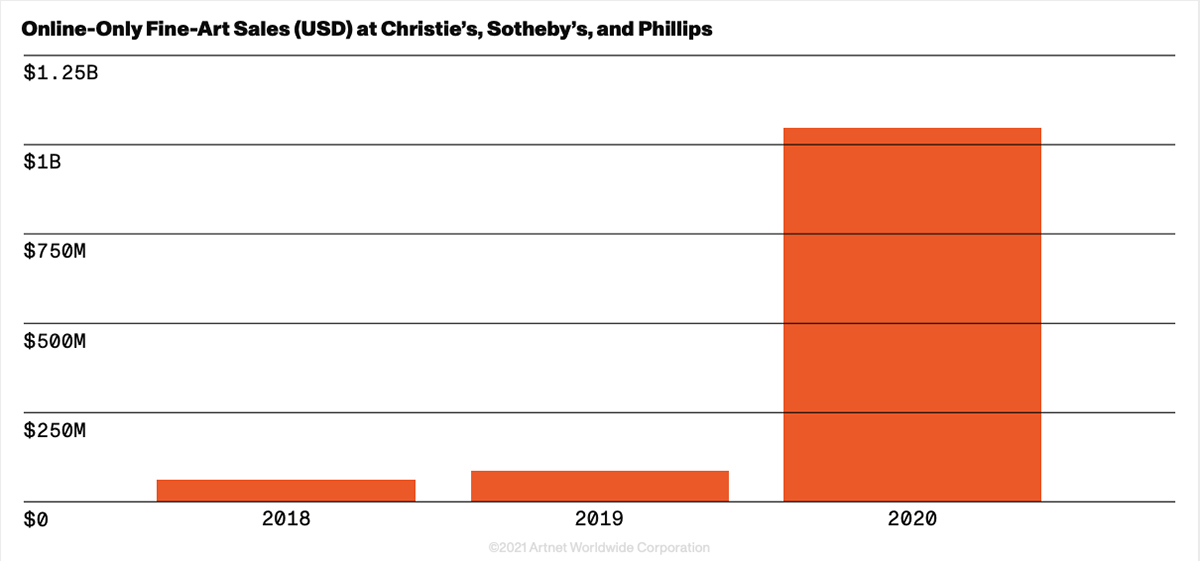
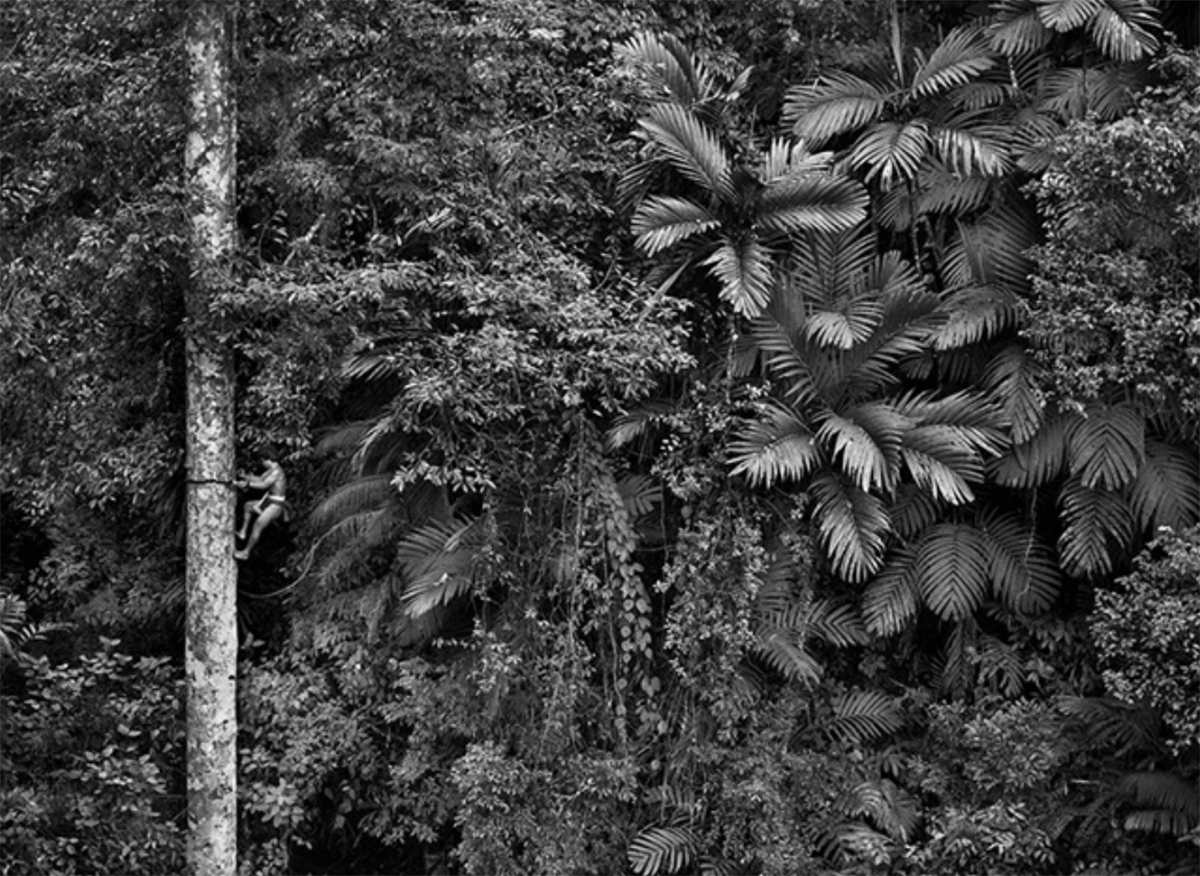
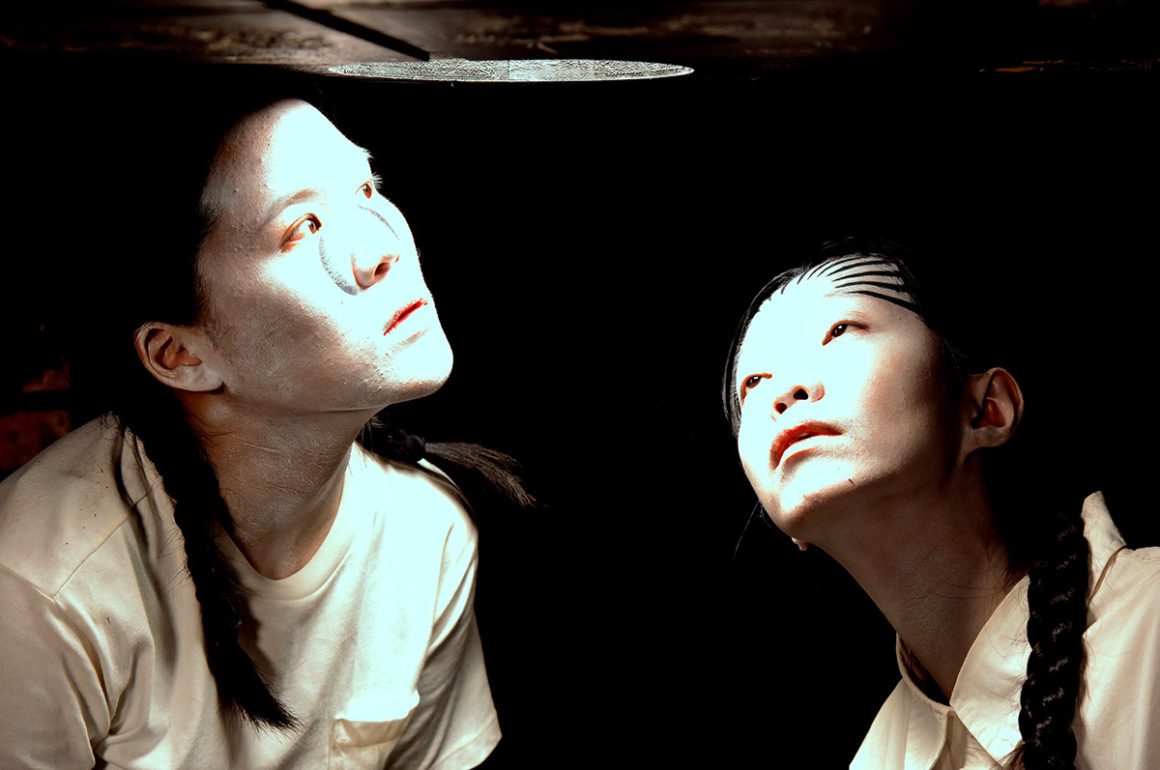
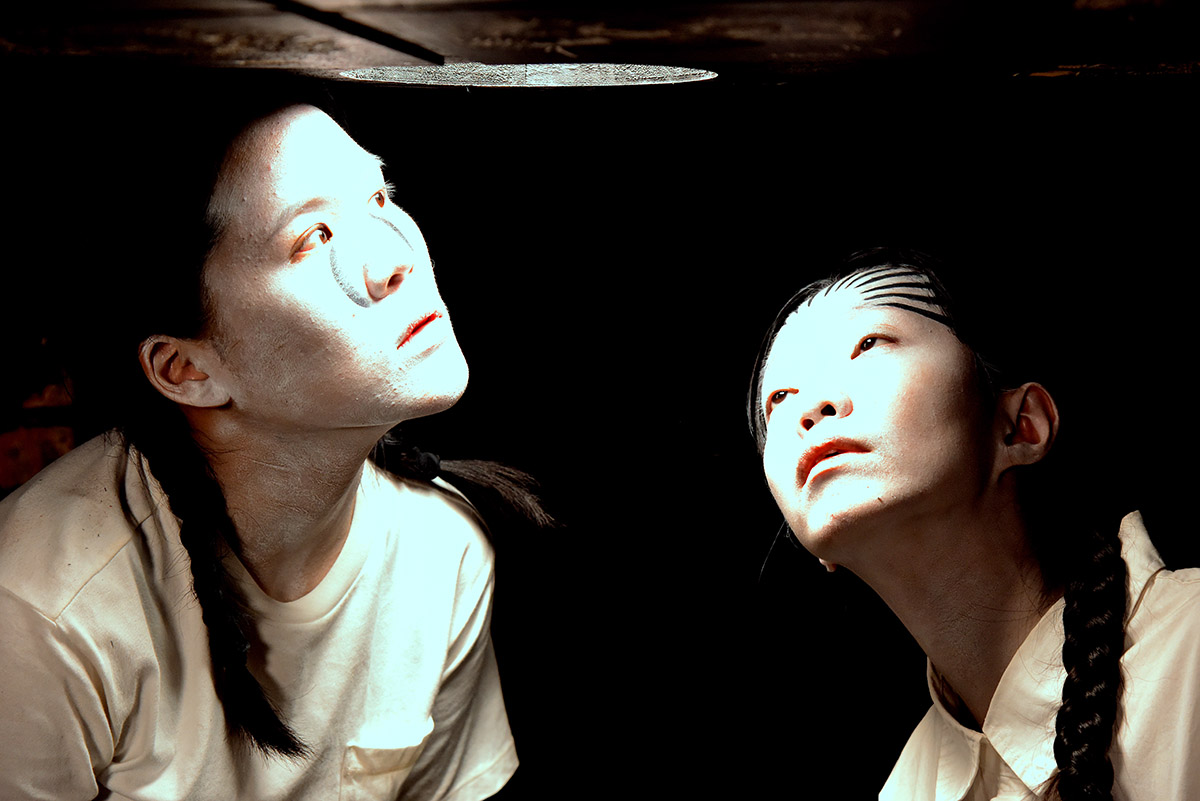

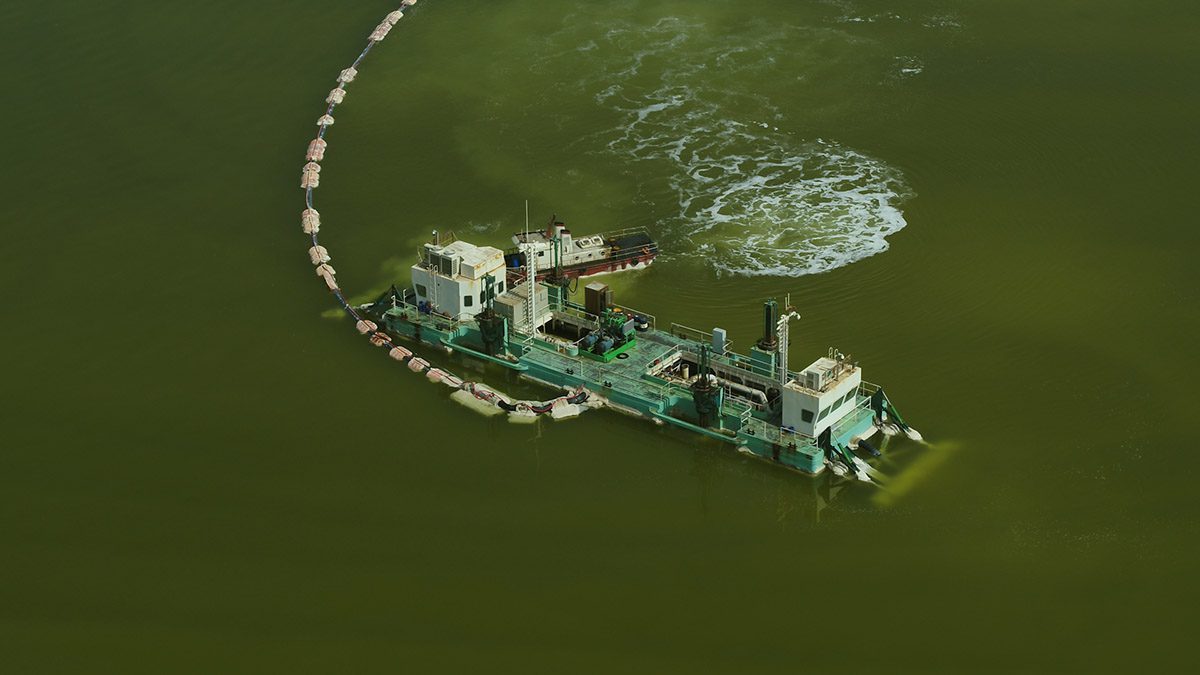
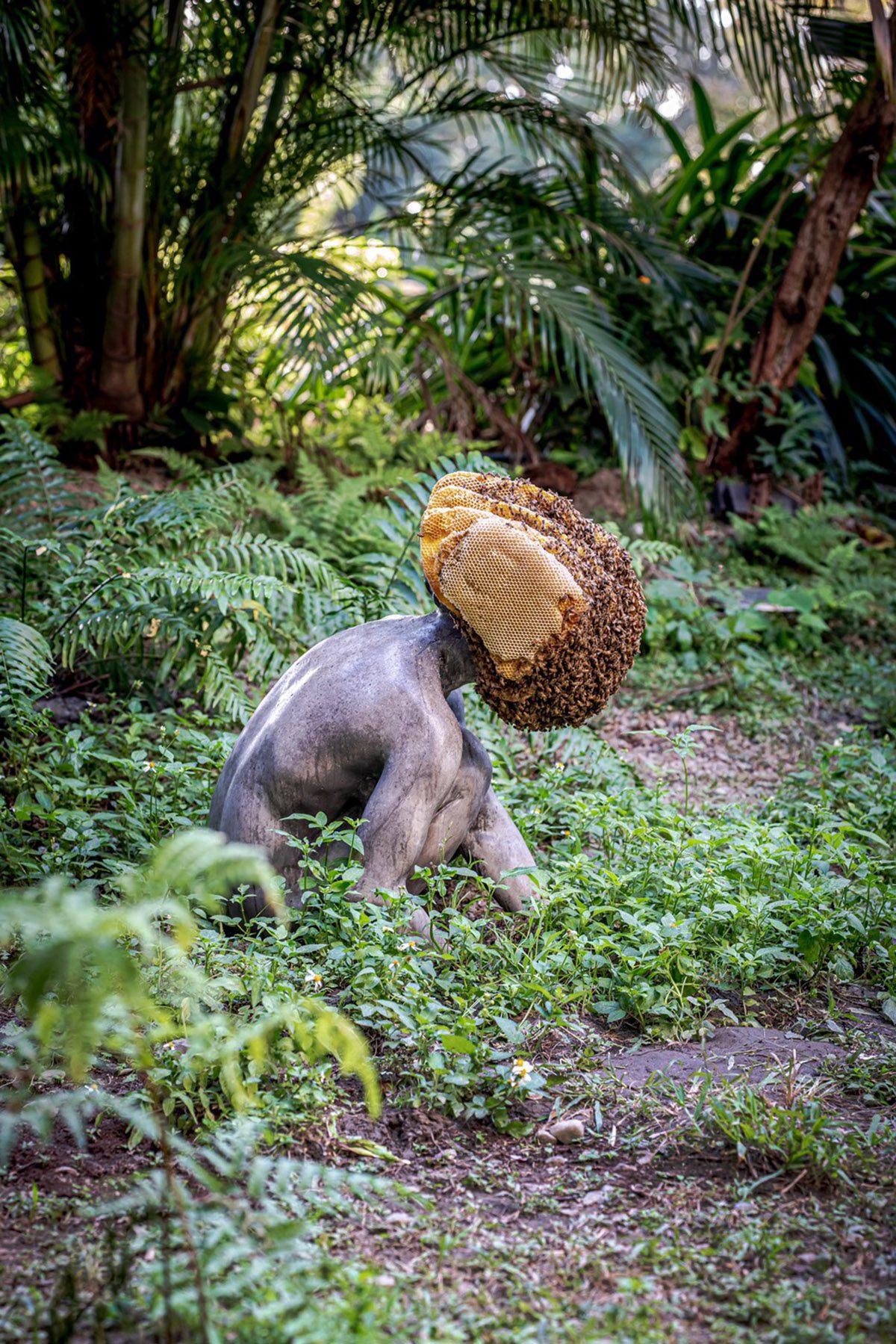



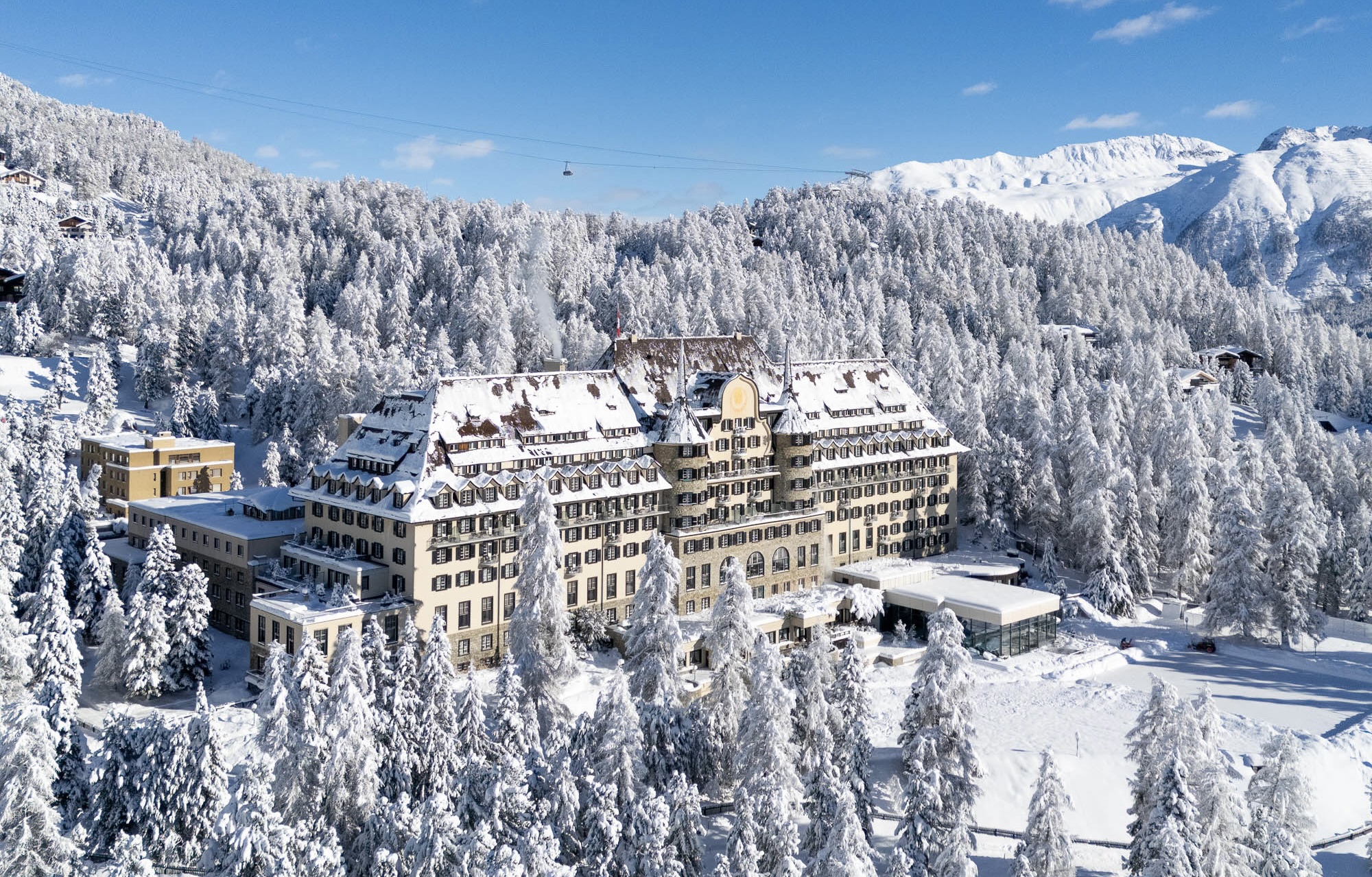
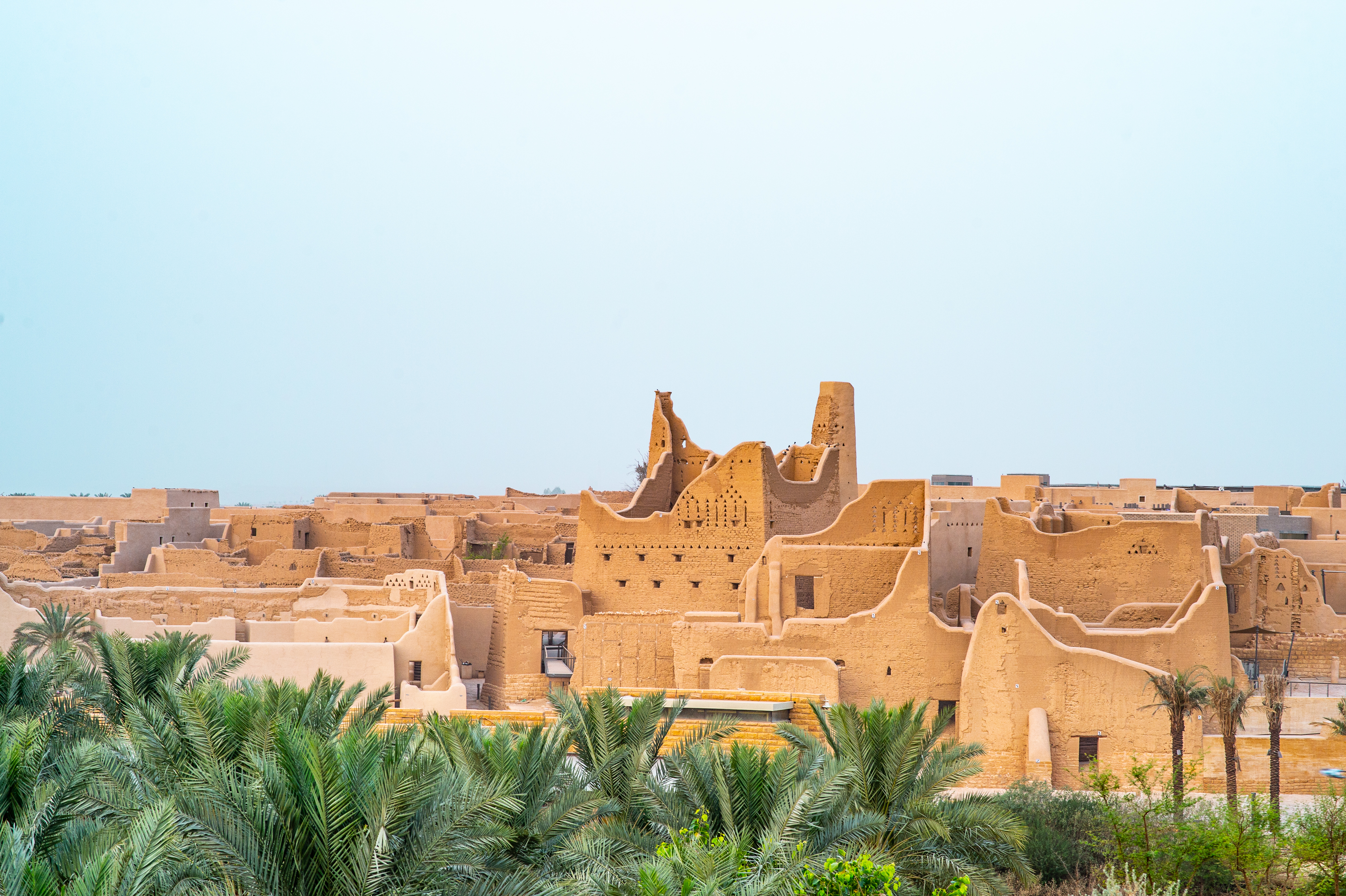
Recent Comments